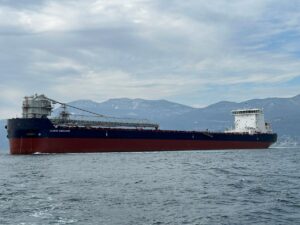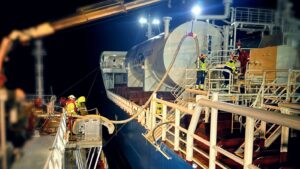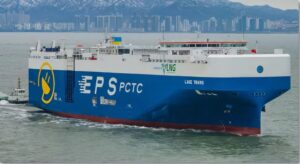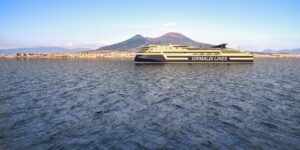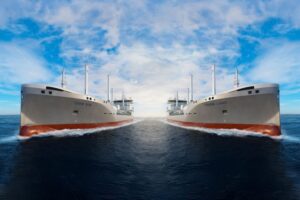Furetank to boost Vinga fleet with new green ship
Swedish shipping company Furetank has ordered a dual-fuel tanker from Chinese shipbuilder China Merchants Jinling Shipyard – former AVIC.
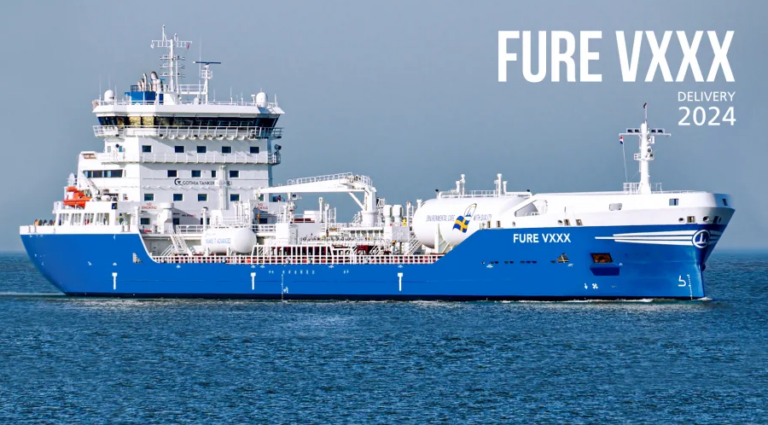

The newbuild will become the ninth vessel in the Vinga series of sister vessels. It is scheduled to be delivered from the shipyard in January 2024.
The agreement with the yard, unveiled on 28 January 2022, also includes an option for further vessels.
The 17,999 dwt unit is the latest contribution to the series of eight sister vessels designed with special focus on minimal impact on the environment. Furetank owns four of them and commercially operates all eight tankers.
The vessels all have dual-fuel capability and run on LNG/LBG. They are designed with a battery hybrid solution and several innovative features that reduce fuel and energy consumption resulting in extensively lower emissions of CO2, sulphur oxide, nitrogen oxide and hazardous particles.
The new ship will also be fully equipped to operate cargo pumps with 6.6 kV high voltage shore power, to reduce emissions even further as soon as ports offer the opportunity.
It has a cargo capacity of 20,306 cubic meters in 12 epoxy coated cargo tanks, ice class 1A and an efficient cargo handling system. A flexible cargo pump and line arrangement ensure safe and efficient cargo operations with reduced port-turnaround time, according to the company.
“This is yet another step forward on our journey towards a fleet consisting entirely of climate friendly vessels,” Lars Höglund, CEO of Furetank, commented.
“With this newbuilding we will continue to implement all available technologies to do the best we can – now. It feels especially good to place the order in these unstable pandemic times; we have a strong belief in the future.”
Last month, Furetank said it began to offset the remaining carbon emissions from its Vinga-class of vessels through the purchase of carbon credits.
The firm has already achieved a 55% reduction of CO2 emissions for its Vinga series of vessels by using an optimized ship design and an LBG/LNG propulsion. However, to reach zero-emission targets, the supply of renewable, liquid biogas is “not sufficient”, as explained by Furetank.
Related Article
-
Furetank to offset remaining emissions from Vinga vessels using carbon credits
Operations & Maintenance

